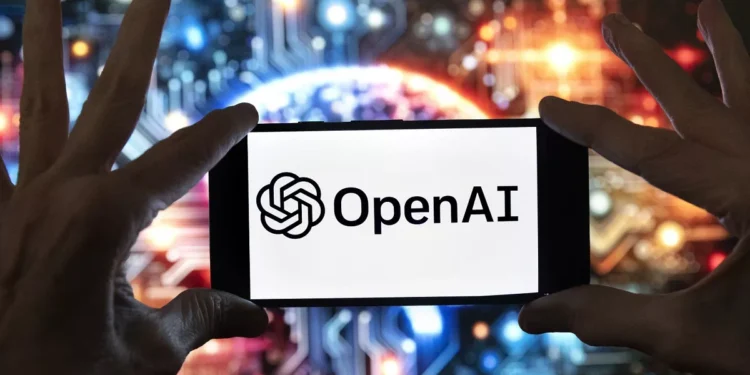In a major development for AI enthusiasts and entrepreneurs alike, OpenAI announced a suite of four cutting-edge features during their recent DevDay event in San Francisco. These features, aimed at improving the customization, cost-efficiency, and performance of AI models, are set to revolutionize how developers interact with OpenAI’s API services.
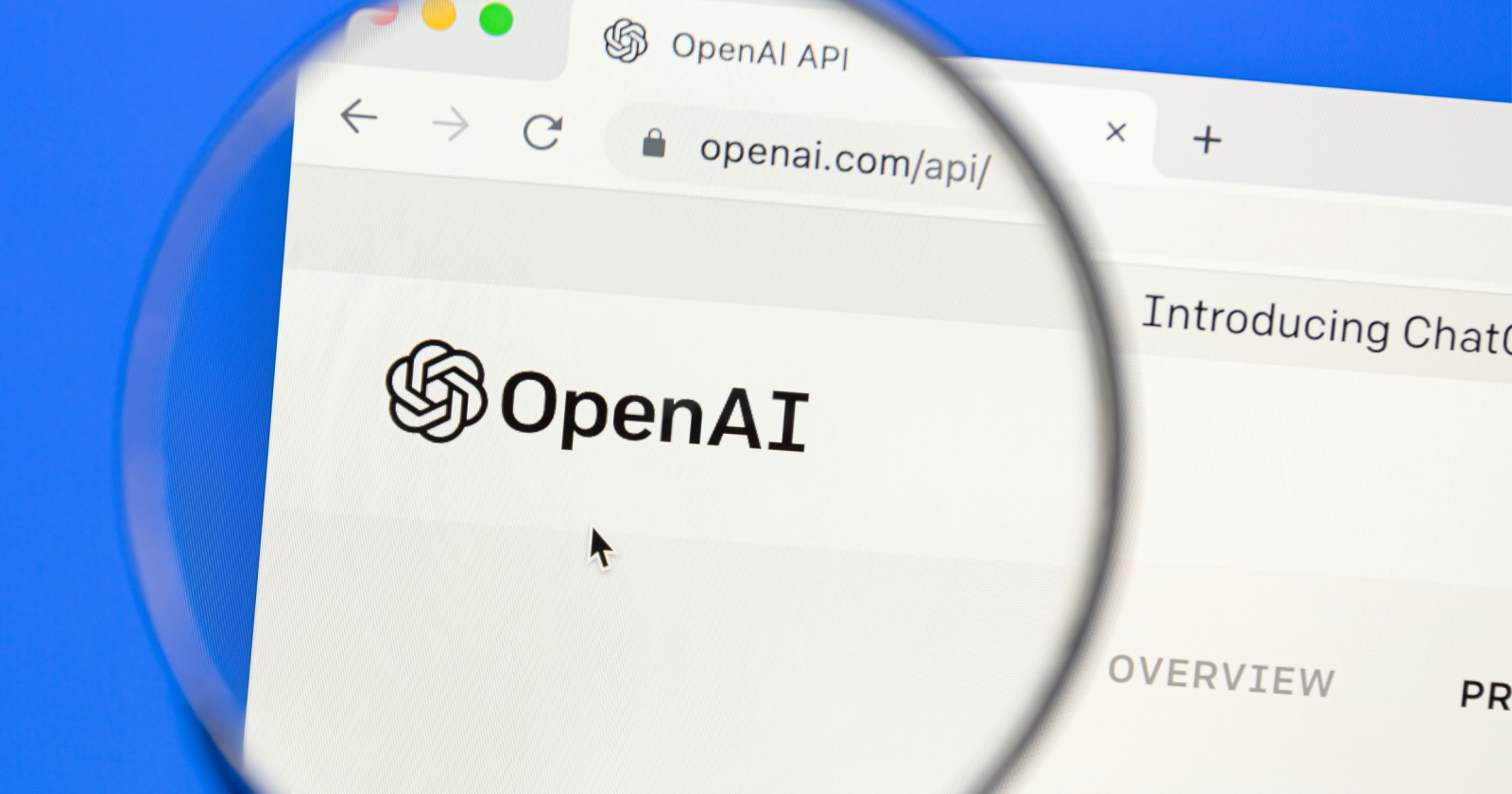
Transforming AI Development: Four New API Features from OpenAI
The latest announcements from OpenAI are squarely aimed at developers and businesses looking to integrate AI into their products more effectively. With the introduction of Model Distillation, Prompt Caching, Vision Fine-Tuning, and the much-anticipated Realtime API, OpenAI continues to push the boundaries of artificial intelligence technology. But what exactly do these updates mean for developers? Let’s break down each feature and its implications.
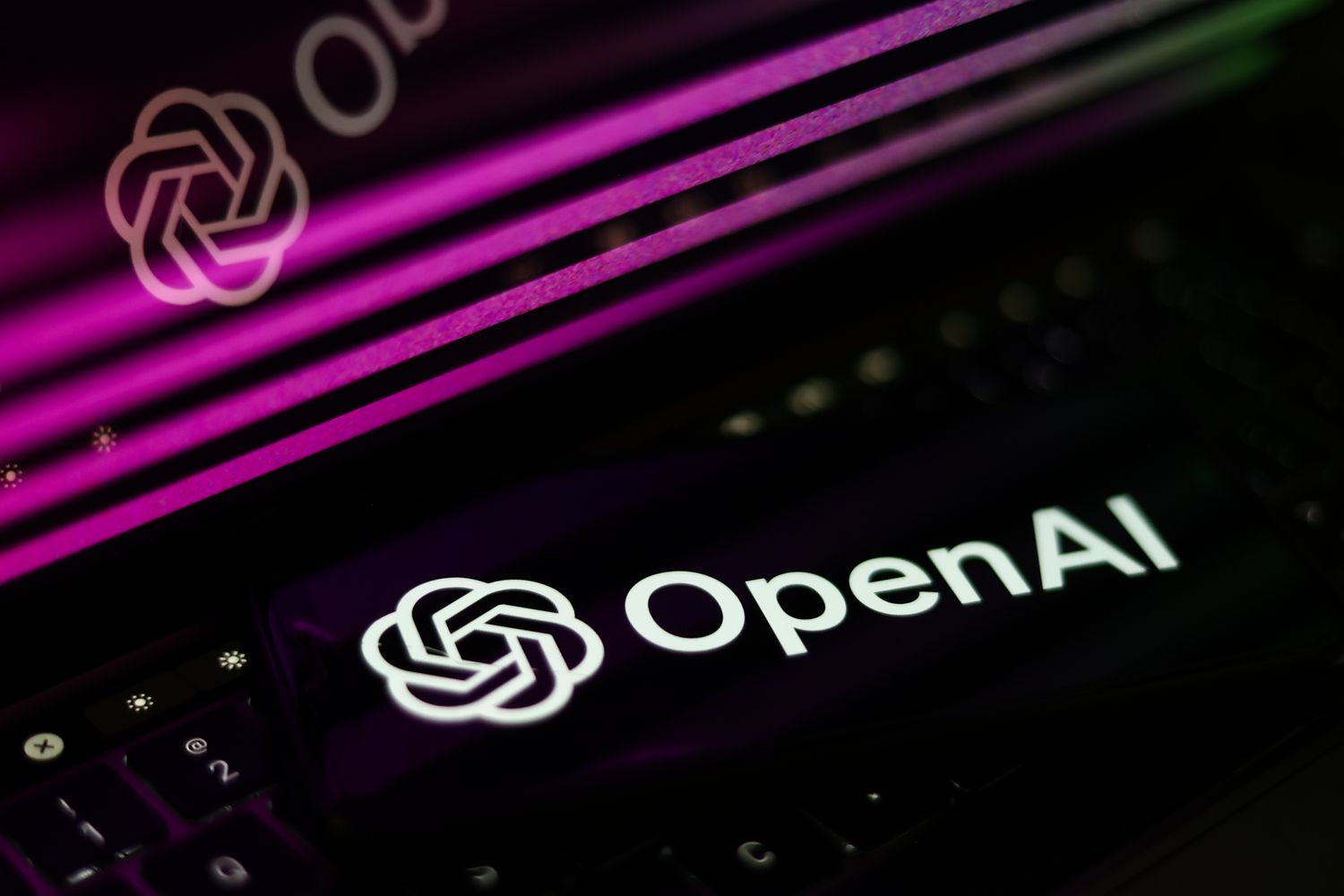
Model Distillation: Supercharging Smaller AI Models
Model Distillation is perhaps one of the most exciting innovations introduced. Traditionally, fine-tuning smaller models like GPT-4o mini was a cumbersome and error-prone task. Developers had to manually handle multiple disconnected tools and processes to achieve the desired performance. Now, with OpenAI’s Model Distillation suite, the process has become far more streamlined. OpenAI explains, “Until now, distillation has been a multi-step, error-prone process, which required developers to manually orchestrate multiple operations across disconnected tools, from generating datasets to fine-tuning models and measuring performance improvements.”
This new platform enables developers to fine-tune smaller models by utilizing the outputs of larger models, significantly enhancing their capabilities. The company also announced that developers will be able to take advantage of free training tokens—up to two million tokens per day for GPT-4o mini and one million tokens per day for GPT-4o, but only until the end of October. This move is designed to incentivize early adoption of the distillation feature and give developers a head start. For developers looking to optimize their AI models for cost, speed, and efficiency, this is a game changer.

Prompt Caching: Cutting Costs for Repetitive Tasks
Cost-saving is always a hot topic, and OpenAI has addressed it directly with Prompt Caching. This new feature is designed to reduce the cost of API calls that use repetitive prompts—a common occurrence in applications requiring consistent tone and formatting. Many developers use long prompt prefixes to ensure their AI models respond in a specific way. However, these long prefixes can drive up the cost of API calls. The new Prompt Caching feature will automatically cache these long prefixes for up to an hour, offering a 50% discount on any prompt that uses the same cached prefix.
According to OpenAI, “If the API detects a new prompt with the same prefix, it will automatically apply a 50 per cent discount to the input cost.” This feature is particularly valuable for applications with narrowly focused use cases, potentially saving businesses thousands of dollars in operational expenses. Competitor Anthropic rolled out a similar feature earlier this year, but OpenAI’s implementation could make a significant impact on its user base by offering more flexibility.
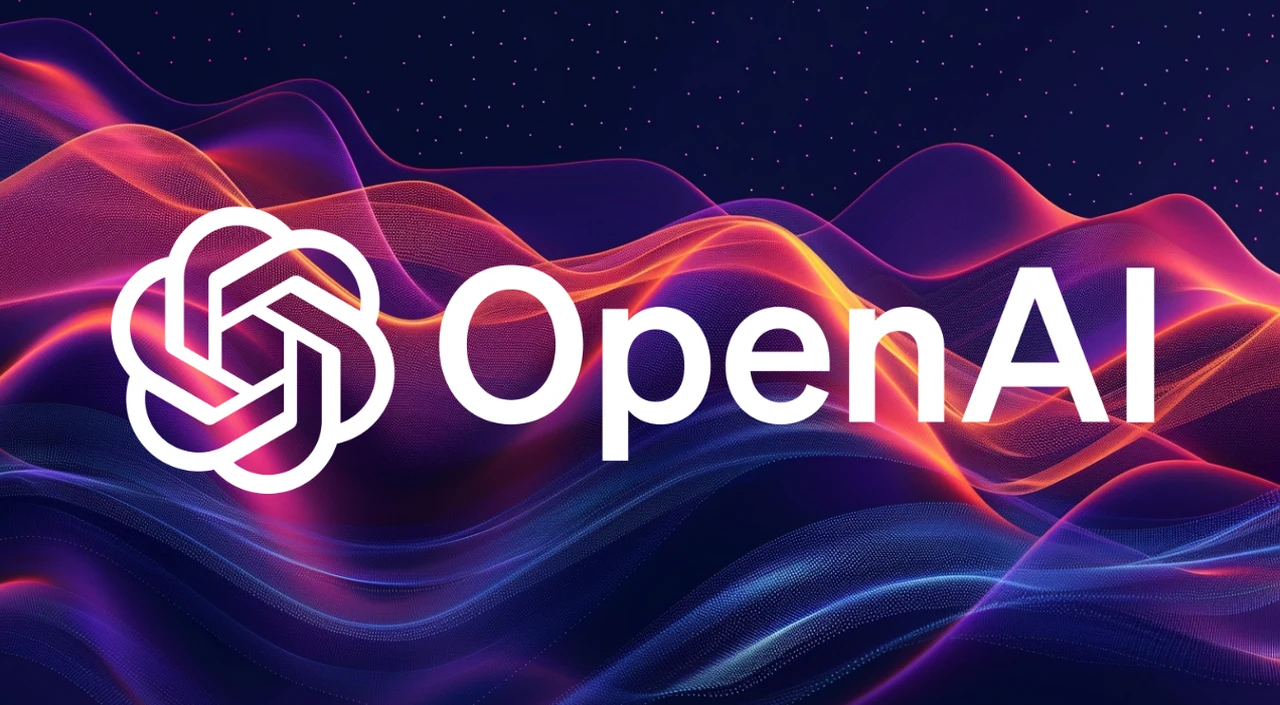
Vision Fine-Tuning: Powering AI with Visual Insights
In a world where visual data is becoming more and more critical, OpenAI’s Vision Fine-Tuning feature allows developers to fine-tune GPT-4o models not only with text but with images as well. This means that AI applications can become smarter and more accurate when handling visual data, opening doors to advanced applications like visual search, object detection for smart cities, and even medical image analysis.
By giving developers access to fine-tuning with images, OpenAI has unlocked new capabilities. For instance, startups like Coframe are already using this feature to improve website generation through enhanced visual consistency. Coframe reported a 26% improvement in the model’s ability to generate websites with consistent visual style and correct layout compared to base GPT-4o. To encourage adoption, OpenAI is offering one million free training tokens every day throughout October for Vision Fine-Tuning, after which it will cost $25 per one million tokens.
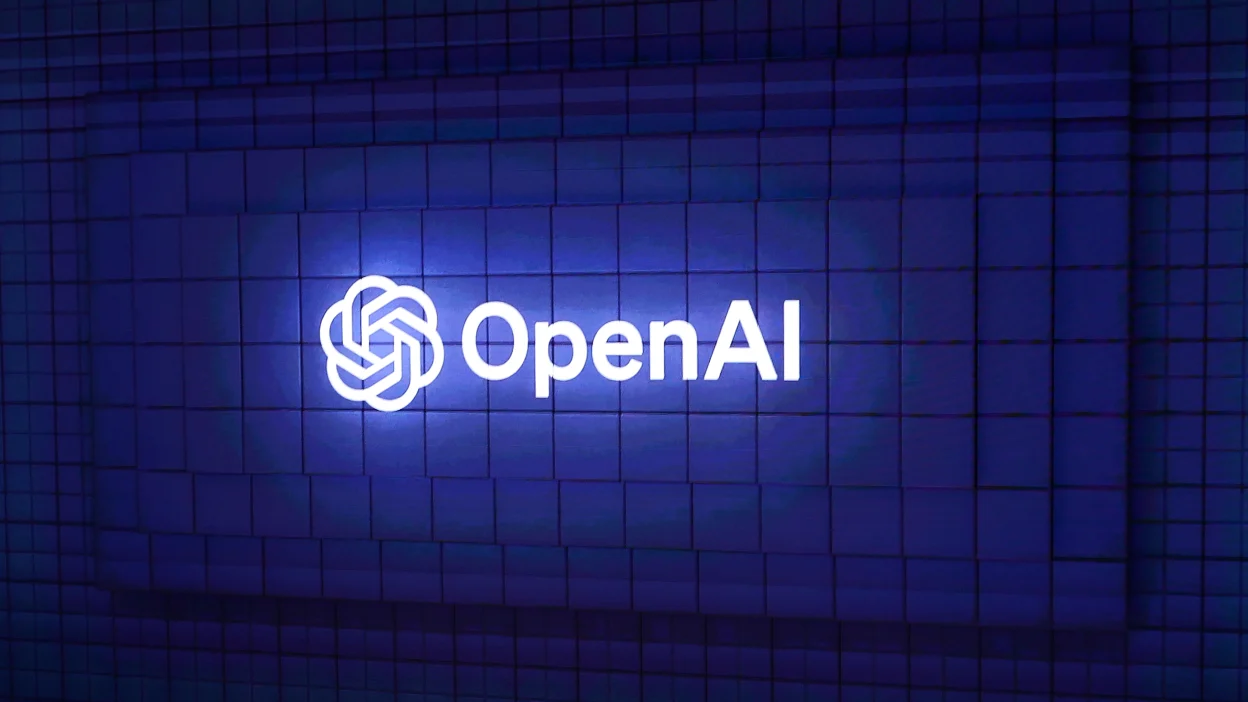
Realtime API: Speed and Emotion in AI Conversations
The Realtime API is one of the most highly anticipated features, particularly for developers working on speech-based applications. OpenAI’s advanced voice mode, which sounds impressively human, is now accessible for developers aiming to build applications that rely on real-time speech-to-speech interactions.
Previously, creating AI-powered voice applications required developers to stitch together multiple services, including transcription, language processing, and text-to-speech. This often resulted in noticeable latency and loss of natural speech elements like emotion and emphasis. The Realtime API eliminates these issues by processing audio directly through the API, offering a faster, cheaper, and more emotionally accurate interaction. OpenAI notes, “With the Realtime API, audio is immediately processed by the API without needing to link multiple applications together, making it much faster, cheaper, and more responsive.”
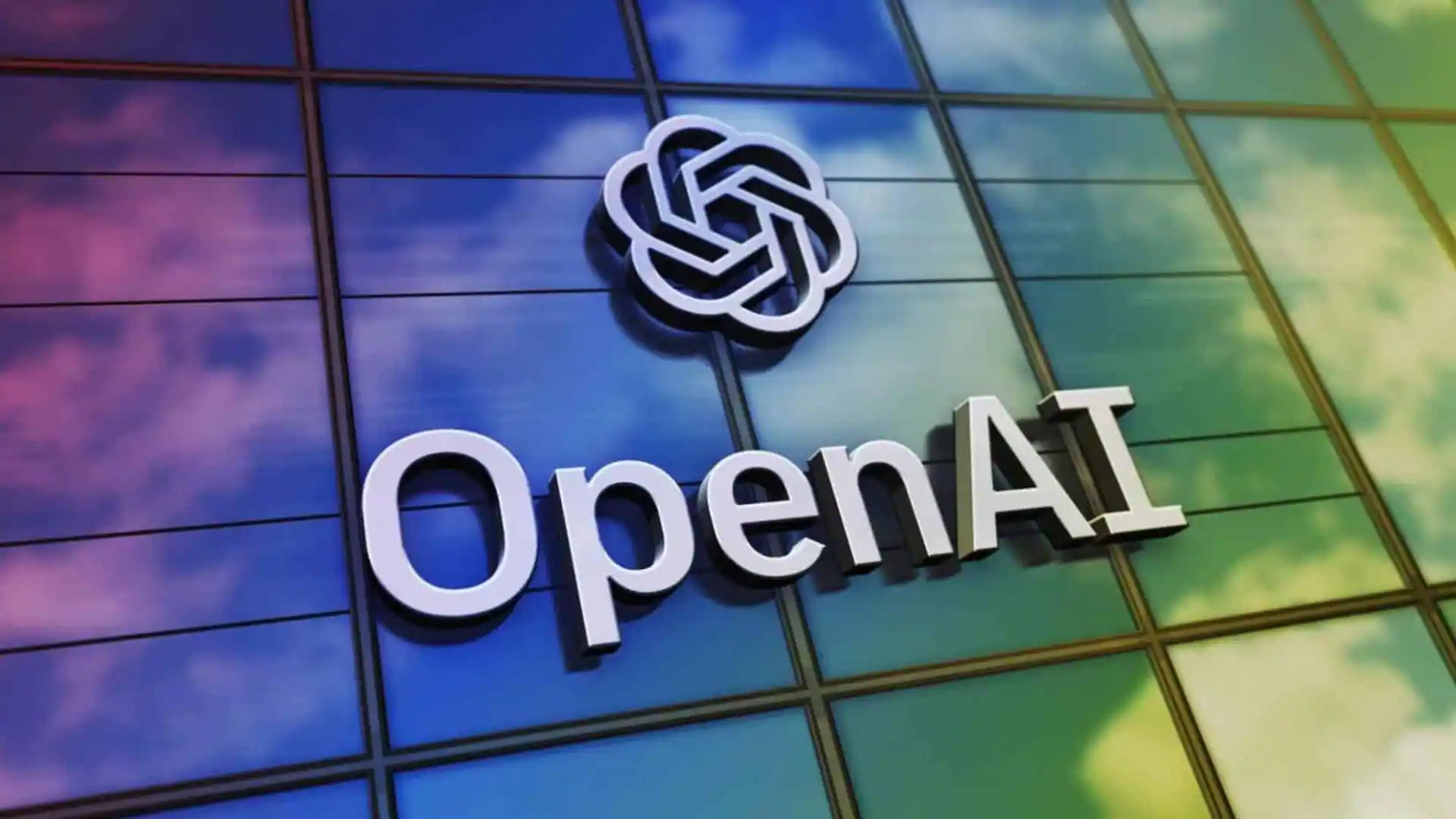
The real-time API also supports function calling, meaning developers can create voice-activated applications capable of performing tasks like placing orders or scheduling appointments. While the cost for text processing starts at $5 per million input tokens, the cost of processing audio is higher at $100 per million input tokens—but the value lies in the quality of interaction this API promises.
What Does This Mean for the Future of AI Development?
With these four major API updates, OpenAI is positioning itself as the go-to platform for developers building AI-driven applications. Each feature—whether it’s enhancing smaller models with Model Distillation, cutting costs through Prompt Caching, improving visual comprehension with Vision Fine-Tuning, or speeding up real-time interactions with the real-time API—demonstrates a deep understanding of the challenges developers face when integrating AI into their products. For entrepreneurs and businesses, these updates mean more cost-effective, efficient, and innovative AI solutions, helping to bring AI into a wider range of industries, from healthcare to e-commerce.

